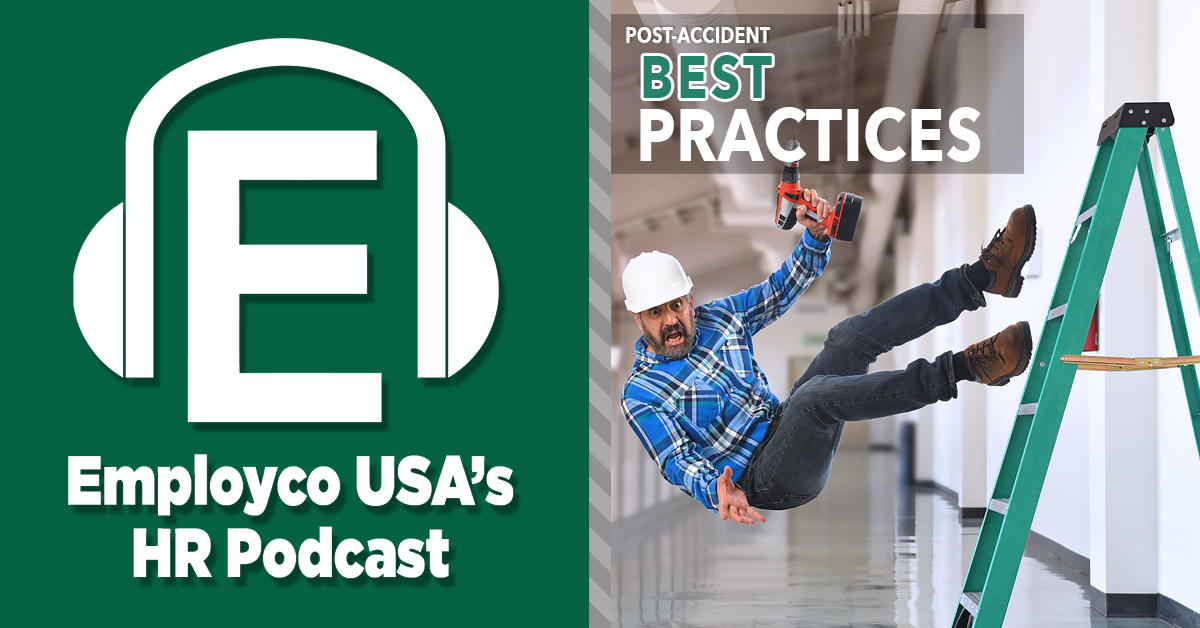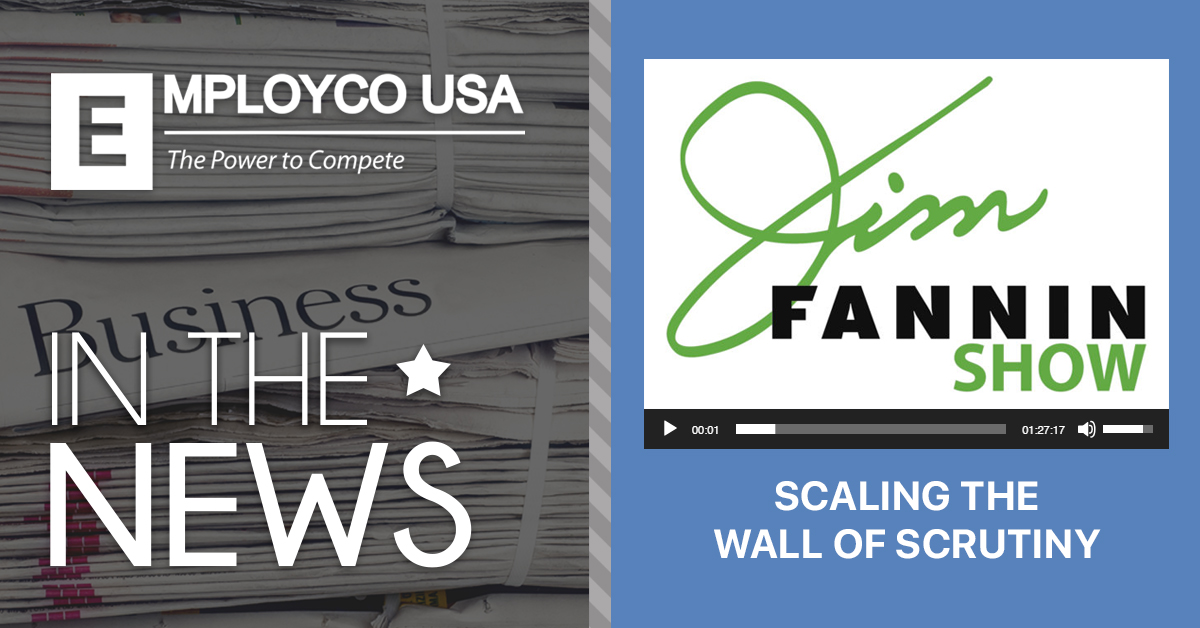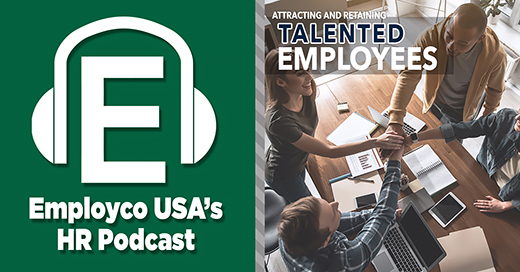H.R. expert reveals post-accident best practices
 On average, more than 99 people are injured at work each day. But the good news is that American workplaces are getting safer in recent years, with annual workplace deaths falling from 14,000 to 5,000 in the last 40 years.
On average, more than 99 people are injured at work each day. But the good news is that American workplaces are getting safer in recent years, with annual workplace deaths falling from 14,000 to 5,000 in the last 40 years.
However, injuries are still a common occurrence and one that employers need to be prepared for. Most importantly, employers need to have a list of best practices that they follow in the event of an employee injury, particularly in those moments right after an accident occurs.
At national employment-solutions firm Employco, clients and their employees have access to a telephonic triage system where an injured party can call and speak to a nurse right away. The nurse can help them figure out what to do next, such as whether they need to go to an emergency room or urgent care and in the meantime the company’s H.R. outsourcing team at Employco will receive news of this accident within minutes.
“There is nothing worse than a late-reported claim,” says Rob Wilson, President of Employco USA. “You want to know the who, what, when, where of the incident, but you also want to know how to most quickly provide care and treatment for the injured employee.”
Wilson says time is of the essence when it comes to collecting recorded statements.


 A
A  After the 2018 midterms, three states voted in favor of marijuana legalization, with Missouri and Utah approving the drug for medical use, and Michigan approving it for recreational use. Additionally, states like Wisconsin and Illinois voted for several crucial medical marijuana and legalization measures.
After the 2018 midterms, three states voted in favor of marijuana legalization, with Missouri and Utah approving the drug for medical use, and Michigan approving it for recreational use. Additionally, states like Wisconsin and Illinois voted for several crucial medical marijuana and legalization measures.
 A
A 
 As the job market improves, so too does employers’ risk of losing employees. It is estimated that around 60 percent of employees are either actively or passively searching for a new job, or they are being approached by other companies who want to ‘poach’ them for their own team.
As the job market improves, so too does employers’ risk of losing employees. It is estimated that around 60 percent of employees are either actively or passively searching for a new job, or they are being approached by other companies who want to ‘poach’ them for their own team.